Pale Cyst Nematode Diagnostics in Potato (Video)
Research to help determine the impact of pale cyst nematode population densities on different potato varieties.

Research to help determine the impact of pale cyst nematode population densities on different potato varieties.
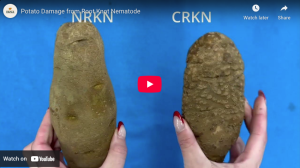
Damage to potatoes caused by northern root-knot and Columbia root-knot nematodes.
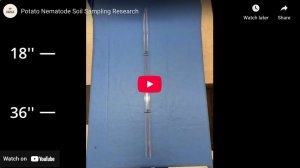
How deep do potato nematodes go in the soil and how much do they move? Hans Mejia shares how the PAPAS team is finding answers and solutions for these potato grower concerns.
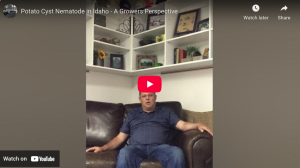
Searle Farms owner-grower Bryan Searle, (Shelley, Idaho) recounts the challenges of pale cyst nematode detection in 2006.
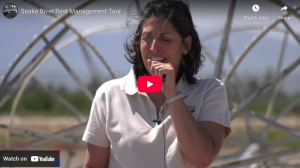
The 2017 Snake River Pest Management Tour provides an update on work to control and eradicate the pale cyst nematode in Idaho.
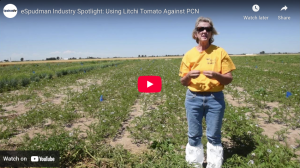
Researchers see promising results studying the efficacy of Solanum sisymbriifolium (litichi tomato or sticky nightshade) as a non-host trap crop to help eliminate pale cyst nematode in eastern Idaho.

Researchers at the University of Idaho College of Agricultural and Life Sciences are working to develop potatoes resistant to the pale cyst nematode.
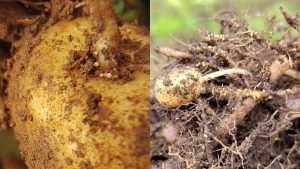
The researchers will target two species of potato cyst nematodes — the pale cyst nematode, which is known in the U.S. to exist only in a small area of eastern Idaho, and the golden nematode, found in New York.

A team of scientists and researchers named Potatoes & Pests – Actionable Science Against Nematodes (PAPAS) announced today their plans to address industry-wide challenges in managing potato nematodes.
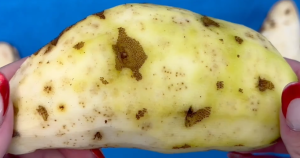
Widespread across cooler climates, northern root-knot nematode (Meloidogyne hapla) causes internal and external tuber damage that reduces potato quality.